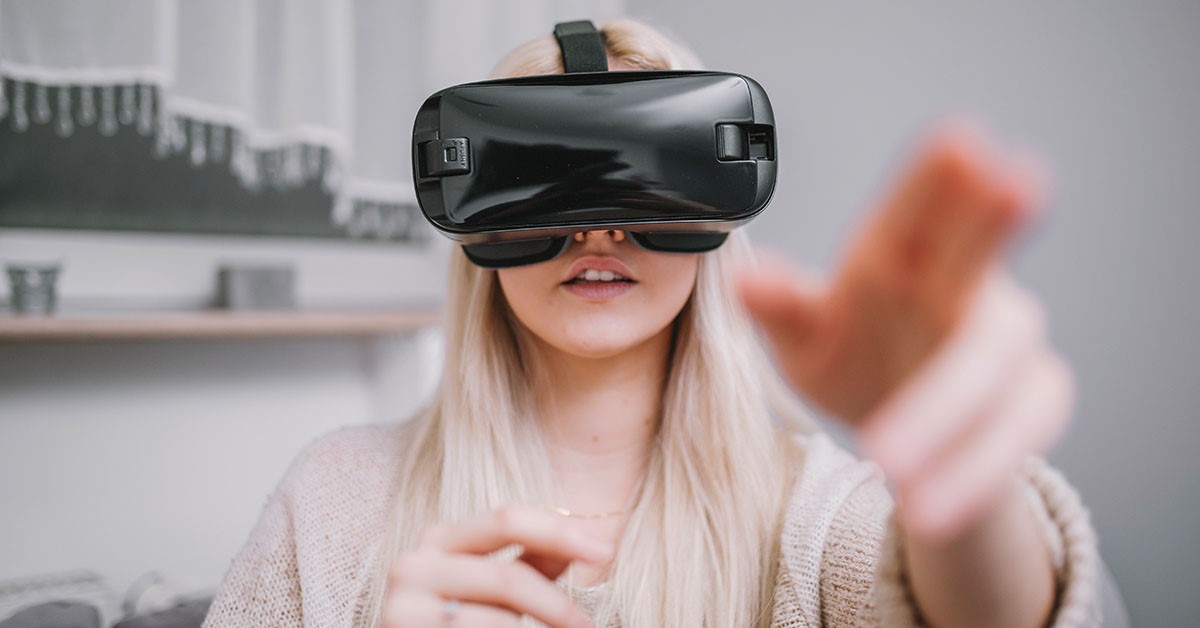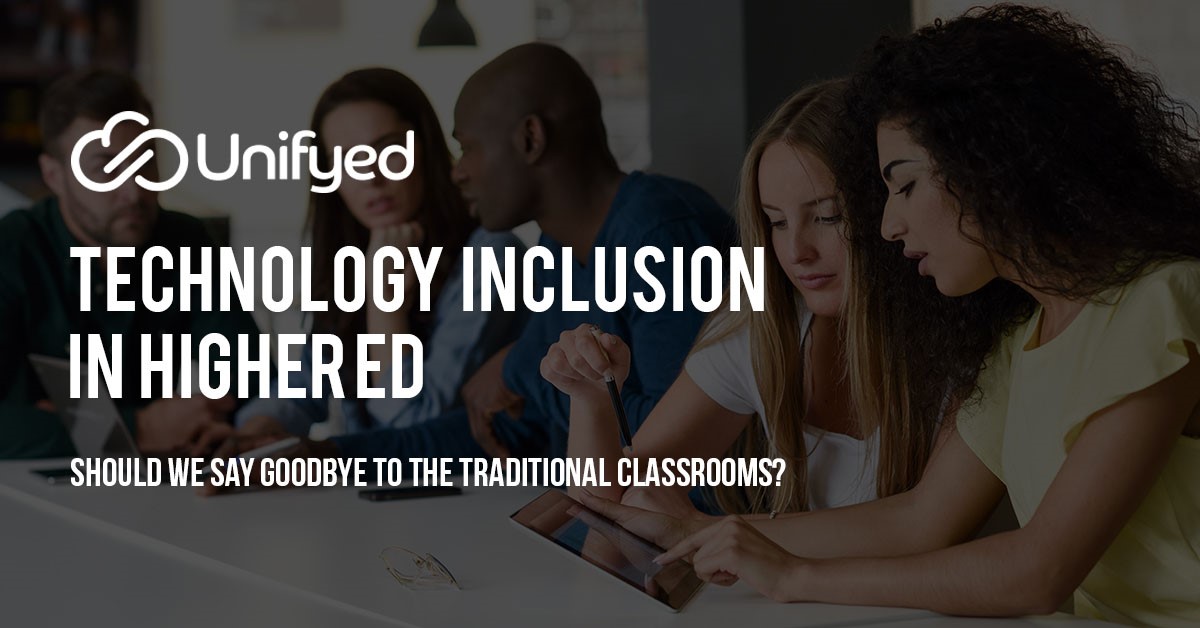Technology Inclusion in Higher Ed: Should We Say Goodbye to the Traditional Classrooms?
“Education should not be the filling of a pail, but the lighting of a fire” – William Butler Yeats
living in an era of innovation and on-demand economy, where each sector is evolving with the massive help of technology. On one hand, companies like Uber and Postmates have changed the way people live and utilize resources, on the other, Google is all set to make people lead a smart life; Google assistants with recognized human voices, what’s next?
By the way, did you know that per a report the global Internet of Things (IoT) market is projected to grow from $2.99T in 2014 to $8.9T in 2020? A lot is changing, indeed!
What About Higher Education Space?
Yes! We are living a tech-driven world and we wouldn’t want anywhere else to rather be. For instance, more often than not, we like to order food on our smartphones instead of moving out and getting it from a restaurant; we are happy like this! But what about the students of the generation? What about the digital natives and the way they desire to learn? Do you think the same old chalkboard and cramming the notes will work for them?
Let’s talk!
Technology Inclusions
Many institutions have already appreciated, rather have accepted, the inclusion of AR/VR in classrooms. Don’t you think living an era would be better than learning it from a history book? Or to say, who wouldn’t like to take a trip flying in the world’s first successful plane with Wright Brothers!
The use of technology in the classrooms does not have to be confined by the geographical locations anymore. You can learn from the subject experts directly, located anywhere around the world. Your tutor does not need to be sitting in front of you in a classroom anymore!
Another way of leveraging technology in the classrooms can be done with the help of ‘Assistive technology’; where students with special needs can capture advantage. Say, phonetic spelling software can be used for the dyslexic students.
Communication
Inclusion of technology does not only talk about using tablets in the classrooms, it is way more than that. Using technology to make the communication more effective is one of ways students can have a better and enhanced learning experience. With the help of technology, students can know all the details and get important notifications like grades, class schedules, etc. right on their mobile devices. Institutions can leverage campus-wide communication and enhance the overall user experience.
Apprehensions?
Pros never step in alone to play! We know how fast the technology is revolutionizing the higher ed space for good, however there are a few apprehensions that make us believe the otherwise. Institutions must consider the leading cybercrimes & data breaches making headlines every day in the news.
Yahoo faced data breach of 3 billion accounts and Facebook faced it for 87 million user accounts; doesn’t it force you to think twice about your ‘go digital’ goals? This isn’t all! What about the role of teachers in such tech-driven environment? Will manual teaching interventions be put to an end in the coming time?
Taking into consideration the sensitivity of these problems and alarming conditions, institutions must think of cybersecurity before anything else. Many solutions today provide security layers to the sensitive data and higher ed institutions must invest in those to stay far from such data breaches. With the technology evolving faster than ever, we must be hopeful for the better solutions to put cyberattacks to an end. Additionally, manual interventions or face-to-face sessions can never lose the charm they have. Pre-recorded sessions can not replace face-to-face sessions. And, how can we forget about the on-spot queries and live examples? Technology is going to help teachers to do their job in a better way and to suit the needs of the students of the generation.

The Bottom line Is
The idea of technology inclusions in classrooms seems promising and indeed, it will help the students to eradicate surface understanding of the concepts or say, rote erudition. Apprehensions are here to stay, however, the best way out is to find the counters to the same.
If we say, the sole inclusion on technology in the classrooms can do the job, that would be wrong. I’d rather second the idea of keeping it blended. Let the teachers do the job of imparting passion for learning, compassion for the classmates, and solving on-spot face-to-face queries. Looking at the tech transformations happening around the world, I foresee good things rolling in every sector. Let’s just see how technology unfolds in the years to come and what does it bring for the higher ed space. What do you think?

